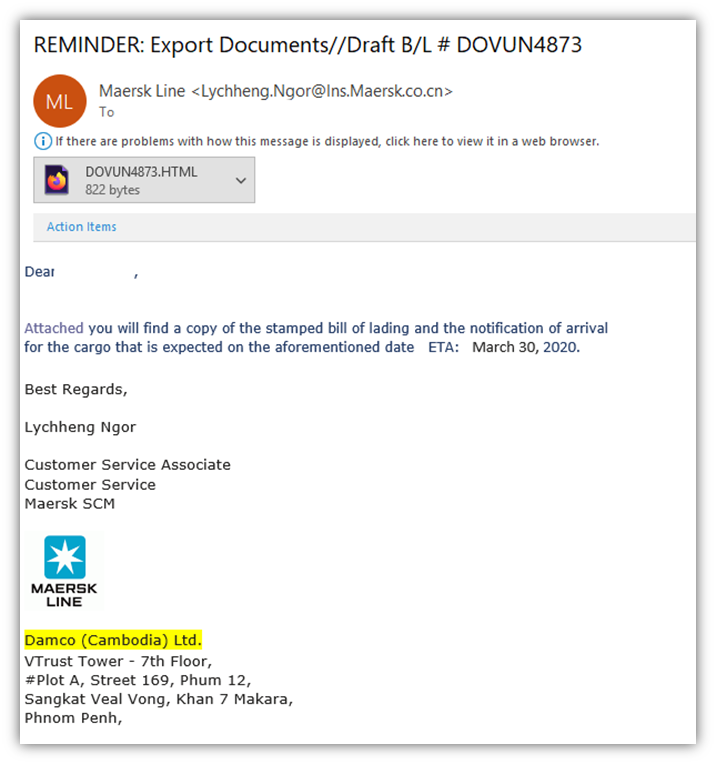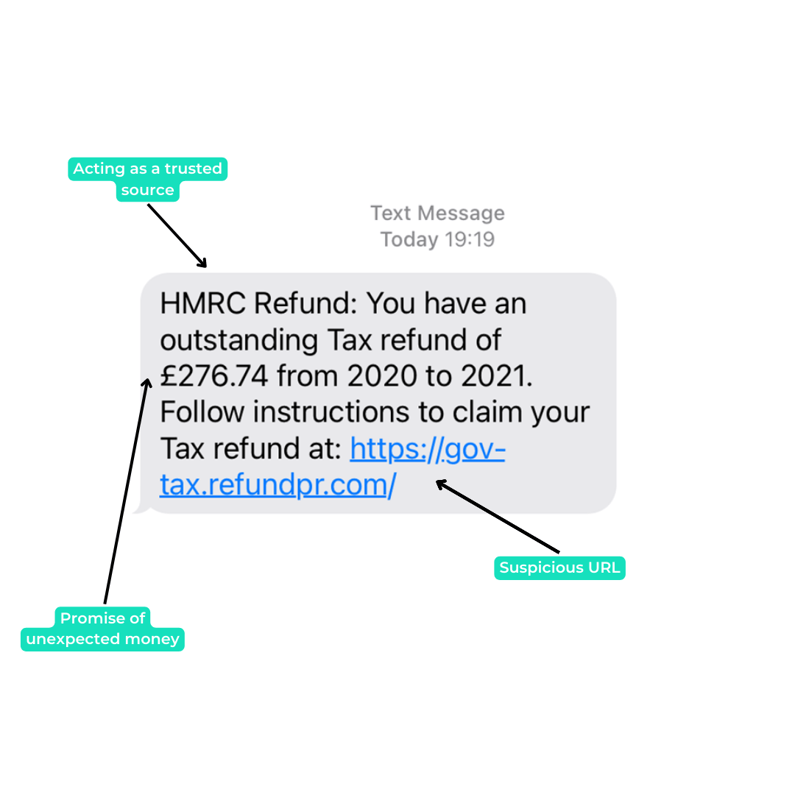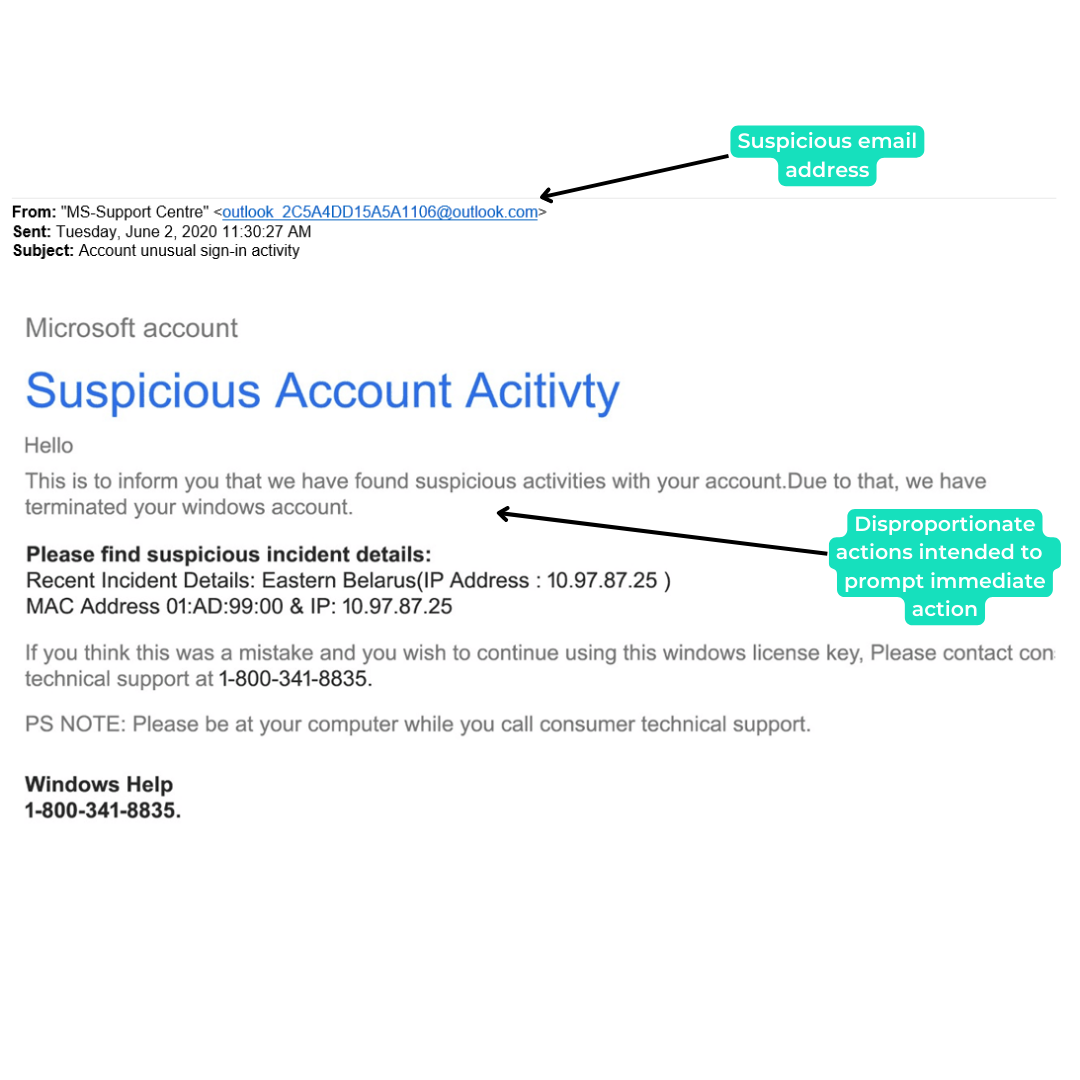Imagine waking up feeling groggy and unfocused, you receive an urgent email from a familiar source. Without much thought, you click on a link that you shouldn't have, and chaos ensues. This age-old phishing method is responsible for compromising personal bank accounts, social media profiles, and even company systems and data. In fact, according to the NCSC, they have received 6.4 million reports of phishing attempts during 2022, with 67,300 scam URLs removed as a result. This brings the total number of reports since its launch in 2020 to 15.8m, with 198,500 takedowns. As phishing attacks become increasingly sophisticated with the aid of tools like AI chatbots and various communication apps, it's crucial to know how to protect yourself.
So, what is phishing?
Simply put, it's a deceptive technique where an attacker uses a convincing email or link as bait to trick victims into providing sensitive information or downloading malware. Once the victim clicks on the link, the attacker gains a foot in the door to carry out further attacks with potentially devastating consequences. Even a single employee's home computer can serve as a target for hackers to launch a major breach. These attacks can be highly effective, as they often use social engineering tactics to manipulate and exploit human psychology.

Social engineering
Social engineering is not your average cyberattack. It relies on exploiting human psychology and manipulating emotions to gain access to sensitive information or systems. These attacks can come in many different disguises, including phishing, pretexting, baiting, and quid pro quo.
Trust is one of the key weapons in the social engineer's arsenal. Attackers may use a range of tactics to build trust and credibility, from impersonating trusted authority figures to playing on our deepest fears and anxieties. They might even use personal information gleaned from social media or other sources to create a false sense of familiarity and establish rapport.

To fight back against these sneaky attacks, individuals and organisations need to be on high alert for social engineering tactics. This means implementing technical controls like multi-factor authentication and security software, as well as educating employees on how to identify and report potential attacks. It's also crucial to have policies and procedures in place to prevent social engineering attacks, such as strict rules for handling sensitive information and rigorous protocols for verifying requests for information.
How best to protect against phishing
Remember receiving that urgent email that requires you to click on a suspicious link or provide your sensitive information? It's a scenario that happens more often than we'd like, and it's cyberattack that preys on your trusting nature. To protect yourself from these attacks, here are some tips to keep in mind:
Be cautious with emails. Phishing attacks commonly use email as a means of attack, so be wary of any emails that request sensitive information, contain urgent or threatening language, or ask you to click on suspicious links. If you're unsure about an email, it's better to err on the side of caution and avoid clicking on any links or giving out personal information.

Verify the authenticity of websites. Before entering sensitive information on a website, make sure to check the URL and ensure that it begins with "https" and includes the name of the organisation you are dealing with. This simple check can help prevent you from falling prey to fake websites designed to steal your information.
Use anti-phishing tools. With the increasing sophistication of phishing attacks, it's essential to have additional protection. There are many tools available, such as anti-phishing software and browser extensions that can alert you to potentially fraudulent websites. These tools are particularly useful for organisations that handle large volumes of email or are at high risk of phishing attacks.
Lastly, educate employees. Employee education is an essential component of any phishing prevention strategy. Conduct regular training sessions and provide resources that can help employees stay informed about the latest phishing techniques. By raising awareness and knowledge of phishing attacks, organisations can help prevent their employees from falling victim to these malicious schemes.
Staff awareness
To combat this growing threat, organisations must prioritise a robust staff awareness programme. The programme must focus on educating employees about the different types of phishing attacks and the various tactics that attackers employ to trick them into revealing sensitive data. This includes building a deep understanding of the psychology behind social engineering attacks, such as how attackers create a sense of urgency or fear, and how they use personal information to build trust and rapport.
Regular training sessions are essential to keeping employees up to date on the latest phishing techniques and best practices for handling suspicious emails or links. These sessions can also be used to review existing policies and procedures, as well as to provide updates on new threats and techniques.
Simulated phishing attacks can also be an effective tool to test employee knowledge and response, identify weaknesses in the system, and target training efforts accordingly. By conducting such tests, organisations can better understand the strengths and vulnerabilities of their security measures.
Providing employees with resources such as guidelines for handling suspicious emails and links and contact information for reporting potential attacks can also help keep them informed and empowered to take action.
In today's ever-evolving cyber security landscape, a strong staff awareness programme is essential in safeguarding against the threat of phishing attacks. By educating employees, conducting regular training, and providing resources, organisations can significantly reduce their vulnerability to these cunning and malicious attacks.
With the right tools and strategies in place, you can protect yourself and your organisation from falling victim to these attacks. It's important to consider using a phishing awareness service. These services can provide comprehensive training, simulated phishing attacks, and ongoing monitoring to ensure that you are well-prepared to detect and prevent phishing attacks. Don't wait until it's too late – invest in a phishing awareness service today and take proactive steps to protect your organisation.
%20(2).png?width=290&name=Team%20(4)%20(2).png)


.png?width=1080&height=1080&name=Minimalist%20Website%20Launch%20Computer%20Mockup%20Instagram%20Post%20(1).png)
COMMENTS